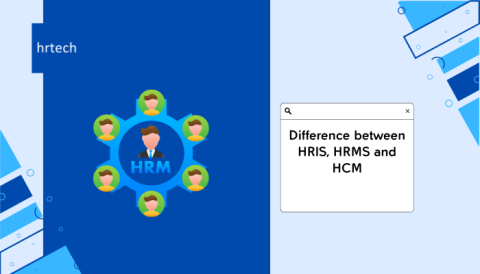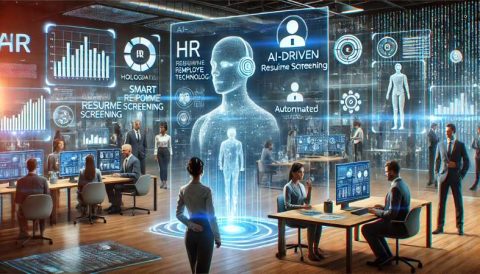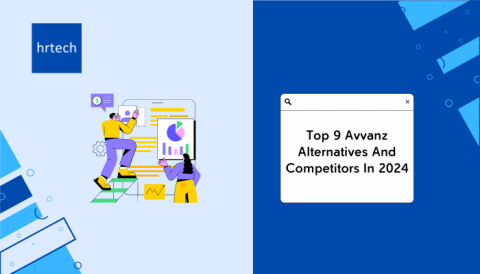In today’s workplace, where talent retention, business performance, and operational efficiency go hand in hand, companies are rethinking how they use workforce data. One area getting growing attention is the features of HR analytics.
But what are the features of HR analytics? Why are they more than just reports and dashboards? This blog breaks down the key features of HR analytics in simple, practical terms.
Let’s get started.
Key Takeaways
- HR analytics transforms workforce data into actionable insights that align HR strategy with business performance goals.
- Recruitment, engagement, and retention analytics help optimize hiring, boost morale, and reduce employee turnover.
- Features like predictive modeling and sentiment analysis enable proactive talent decisions and improve workplace culture.
- Payroll, compensation, and diversity analytics support compliance, fair pay practices, and inclusive workforce planning.
- Tools like Power BI and SAP SuccessFactors streamline data visualization, making HR reporting more efficient and strategic.
Understanding Hr Analytics

HR analytics is the process of collecting and analyzing workforce data to improve HR decisions. It helps organizations align talent strategies with business goals by turning data into actionable insights.
Below are some core points that define and support the use of HR analytics:
- Tracks patterns across the entire employee lifecycle.
- Uses real-time and historical data to predict future workforce trends.
- Connects HR metrics with overall business performance.
- Enables data-driven decision-making across recruitment, engagement, and retention.
- Supports compliance through accurate reporting and tracking.
- Helps measure the ROI of HR initiatives effectively.
Trust TeamLease to deliver accurate payroll reports and smooth payments, helping your business focus on what matters most.
Next, let’s explore the core features of HR analytics that make these outcomes possible.
Key Features Of Hr Analytics
HR analytics plays a critical role in transforming raw workforce data into strategic HR actions. According to a Deloitte report, companies using data-driven HR analytics are twice as likely to improve workforce productivity.
Below are the core features of HR analytics that power smarter HR strategies across industries.
1. Recruitment Analytics
Recruitment analytics focuses on using data to optimize the hiring process. It helps organizations identify the best sources for candidates, reduce time-to-hire, and improve overall recruitment efficiency.
Below are the key elements of recruitment analytics, which are features of hr analytics:
- Candidate Source Tracking: Identifies which job boards, referrals, or social media channels yield the best hires, commonly used in IT and retail sectors.
- Applicant Quality Analysis: Uses resume screening tools and assessment results to predict candidate fit, often employed in BFSI and healthcare.
- Cost-Per-Hire Optimization: Monitors recruitment expenses against hires made to improve budget allocation, relevant in manufacturing and hospitality.
- Diversity Hiring Metrics: Measures diversity ratios among applicants and hires to promote inclusive recruitment, vital in finance and education.
2. Employee Engagement Analytics
Employee engagement analytics helps organizations measure how motivated and satisfied employees are. It enables companies to detect early signs of disengagement and implement strategies to improve workplace morale and productivity.
Below are the main aspects of employee engagement analytics:
- Pulse Surveys: Frequent, short surveys that capture real-time employee sentiment, widely used in healthcare and education sectors.
- Sentiment Analysis: Uses natural language processing to analyze open-ended survey responses and identify key issues, often applied in customer service.
- eNPS Measurement: The Employee Net Promoter Score (eNPS) gauges employee loyalty and likelihood to recommend the company, a metric popular in startups and retail.
- Feedback Loop Integration: Combines employee feedback with management actions to create continuous improvement cycles, relevant across industries.
3. Retention And Turnover Analytics
Retention and turnover analytics help organizations understand why employees leave and how to keep key talent. By analyzing past trends and current data, businesses can design targeted strategies to reduce attrition and improve workforce stability.
Below are the main components of retention and turnover analytics:
- Turnover Rate Analysis: Tracks employee exits by role, tenure, and department, which is common in manufacturing and IT sectors.
- At-Risk Employee Identification: Uses predictive models to spot employees likely to leave, widely used in finance and consulting.
- Exit Interview Insights: Analyze feedback from departing employees to analyze reasons for attrition, which is particularly important in retail and hospitality.
- Succession Planning Support: Aligns retention data with leadership pipeline strategies, crucial in large enterprises and BFSI.
Partner with TeamLease to stay compliant, reduce risks, and streamline payroll operations for your growing workforce.
4. Performance Analytics
Performance analytics provides insights into employee productivity and effectiveness. It helps organizations set clear goals, monitor progress, and align individual performance with business objectives to drive overall success.
Below are the key elements of performance analytics:
- Goal Setting and Tracking: Monitors the achievement of KPIs and OKRs, commonly used in sales and tech industries.
- Continuous Performance Reviews: Replaces annual reviews with ongoing feedback cycles, popular in startups and creative sectors.
- Productivity Measurement: Uses data on task completion, project milestones, and output quality, relevant in manufacturing and consulting.
- Skill Gap Analysis: Identifies areas where employees need development, widely applied in BFSI and healthcare.
5. Workforce Planning Analytics
Workforce planning analytics helps organizations forecast future staffing needs and optimize resource allocation. It ensures the right people are in the right roles at the right time to meet business goals efficiently.
Below are the main aspects of workforce planning analytics:
- Demand Forecasting: Predicts future hiring needs based on business growth and market trends, commonly used in IT and manufacturing.
- Supply Analysis: Evaluates current workforce skills, availability, and gaps to plan recruitment and development, popular in BFSI and retail.
- Scenario Modeling: Tests different staffing scenarios to prepare for business changes, vital in consulting and healthcare sectors.
- Succession Planning: Identifies potential leaders and critical roles to ensure business continuity, essential in large corporations.
- Cost Optimization: Analyzes labor costs versus productivity to improve budgeting, which is particularly important in the hospitality and service industries.
6. Learning And Development Analytics
Learning and development analytics tracks the effectiveness of training programs and employee skill growth. It helps companies tailor learning initiatives that boost capability and career progression.
Below are the key components of learning and development analytics:
- Training Completion Rates: Measures how many employees finish assigned courses, standard in the tech and BFSI sectors.
- Skill Improvement Tracking: Monitors progress through assessments and certifications, widely used in healthcare and manufacturing.
- Learning Content Effectiveness: Evaluates which programs lead to better job performance, relevant in retail and consulting.
- Personalized Learning Paths: Uses data to recommend courses based on individual roles and goals, popular in startups and education.
- Training ROI Measurement: Calculates the impact of learning on productivity and retention, essential in large enterprises.
7. Payroll And Compensation Analytics
Payroll and compensation analytics help organizations manage salaries, bonuses, and benefits efficiently. It ensures fair pay practices while optimizing costs and maintaining compliance.
Below are the key aspects of payroll and compensation analytics:
- Salary Benchmarking: Compares pay rates against industry standards to remain competitive, common in finance and IT.
- Compensation Equity Analysis: Detects and addresses pay gaps based on gender, role, or tenure, vital in healthcare and education.
- Bonus and Incentive Tracking: Measures the impact of rewards on performance and retention, popular in sales and retail.
- Payroll Accuracy Monitoring: Ensures correct salary payments and deductions to reduce errors, which is particularly important in manufacturing and hospitality.
Choose TeamLease to simplify payroll management and ensure timely, error-free salary processing with trusted expertise.
8. Talent Acquisition Analytics
Talent acquisition analytics focuses on improving the entire process of sourcing, attracting, and hiring top talent. It provides data-driven insights to refine recruitment strategies and meet workforce demands effectively.
Below are the key elements of talent acquisition analytics:
- Sourcing Channel Effectiveness: Identifies which platforms and methods bring the best candidates, often used in IT and finance.
- Candidate Experience Tracking: Measures applicant satisfaction with the hiring process to improve employer branding, relevant in retail and hospitality.
- Offer Acceptance Rates: Analyzes how often candidates accept job offers to refine negotiation and compensation tactics, common in consulting and startups.
- Recruiter Performance Metrics: Evaluates recruiter productivity and success rates, which are essential in large organizations.
- Diversity Hiring Analytics: Monitors progress on diversity goals throughout acquisition stages, prioritized in education and healthcare.
Conclusion
Effective HR analytics is vital for any organization aiming to make smarter, data-driven decisions across talent acquisition, engagement, and retention. By leveraging key features like recruitment analytics, workforce diversity insights, and employee engagement measurement, businesses can improve productivity and reduce turnover.
If your organization is ready to unlock the full potential of HR analytics, TeamLease is your trusted partner. With deep experience in workforce transformation and data-driven solutions, TeamLease helps design and implement analytics frameworks tailored to your unique business needs.
Choosing established providers, such as TeamLease, can ensure compliance and industry-specific expertise, thereby facilitating a smoother transition.
FAQs
1. What tools are commonly used for HR analytics?
Popular tools include Microsoft Power BI, Tableau, SAP SuccessFactors, Workday, and Oracle HCM, which help collect, visualize, and analyze workforce data efficiently.
2. How can small businesses benefit from HR analytics?
Even small businesses can use HR analytics to identify hiring bottlenecks, improve employee satisfaction, and optimize scheduling without significant investments in complex systems.
3. What role does predictive analytics play in HR?
Predictive analytics forecasts future workforce trends such as turnover risks or hiring needs, enabling proactive decision-making and resource planning.
4. How often should HR analytics reports be generated?
The frequency depends on business needs, but monthly or quarterly reporting balances timely insights with manageable data review workloads.
5. Can HR analytics improve employee wellness programs?
Yes, by analyzing participation rates and health data trends, HR analytics helps tailor wellness initiatives to increase engagement and measure their effectiveness.







